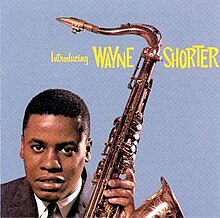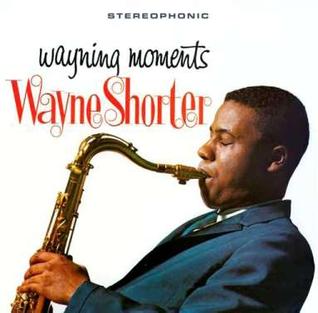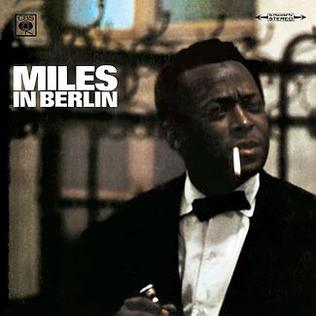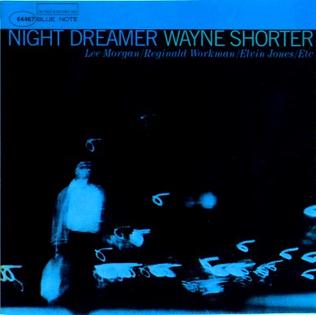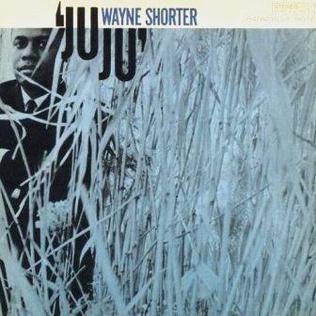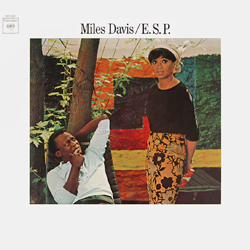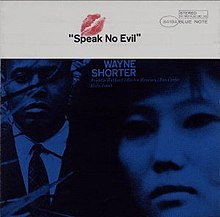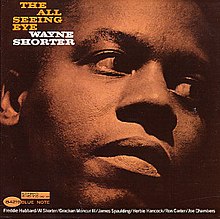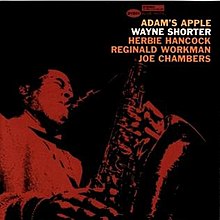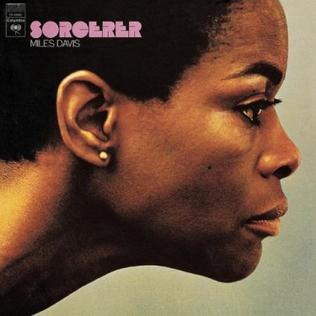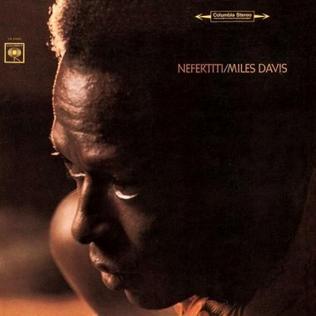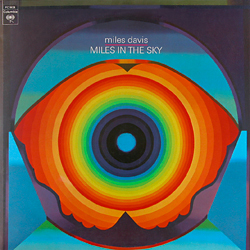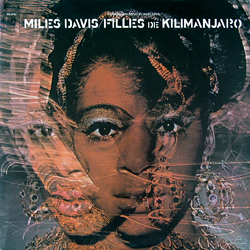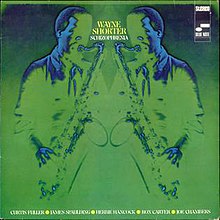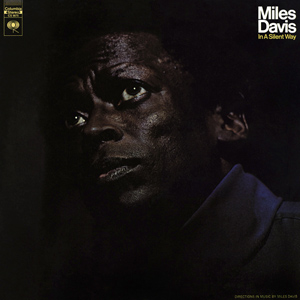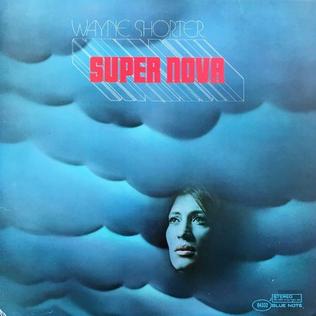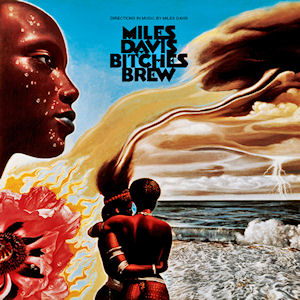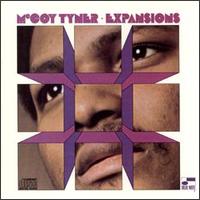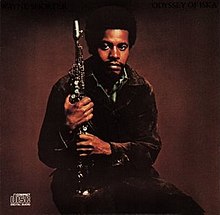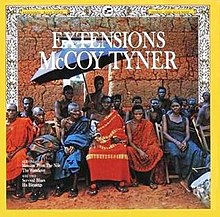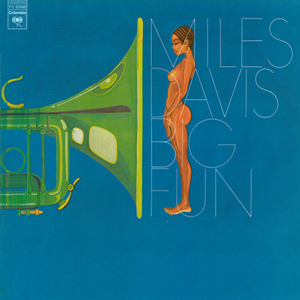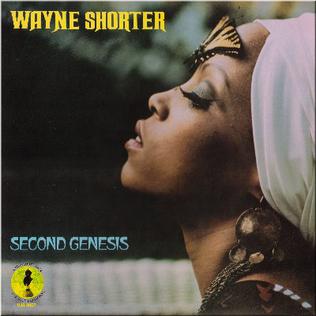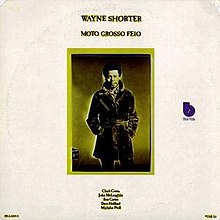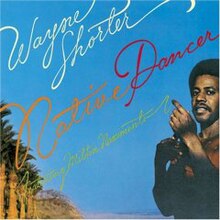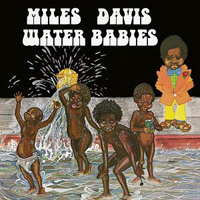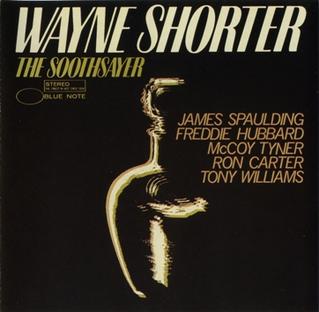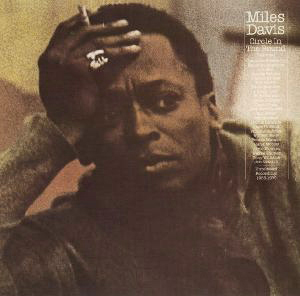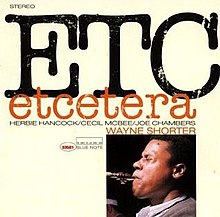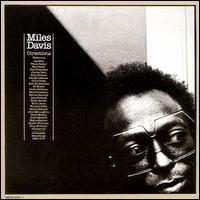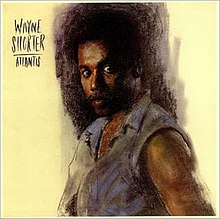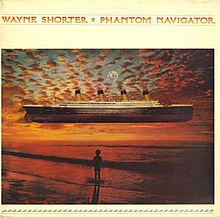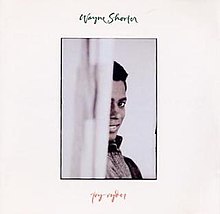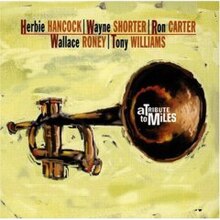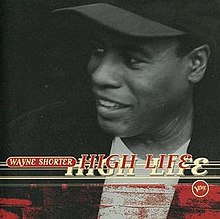Wayne Shorter: A Jazz Luminary’s Evolution
Born on August 25, 1933, Wayne Shorter is an emblematic figure in the world of jazz, a genre he not only graced with his incredible saxophone prowess but also deeply transformed with his imaginative compositions. With a career spanning over six decades, Shorter’s mark on jazz is both profound and pervasive, and his journey deserves a grand stage in the chronicles of music history.
In his early days, Newark, New Jersey’s bustling jazz scene offered a young Shorter the playground he needed. Quickly ascending the ladder, by the swinging ’60s, he was more than just a saxophonist; he was a force, joining Art Blakey’s Jazz Messengers and showcasing a dual talent for both riveting sax solos and intricate compositions.
But it was in the embrace of Miles Davis’s Second Great Quintet that Wayne truly stretched his wings. As a key figure in this ensemble, Shorter’s experimental vision blended seamlessly with Davis’s, creating innovative textures and patterns that were ahead of their time. Their collaborative tracks went beyond jazz; they became explorations into the very soul of sound.
Yet, Wayne’s aspirations soared even higher. The ’70s became synonymous with his dive into the world of fusion music. With the birth of Weather Report, alongside the prodigious Joe Zawinul, the pair steered jazz into a new direction, intertwining it with elements of rock, funk, and global rhythms. Tunes like “Birdland” are not just songs; they’re musical epochs, marking moments when jazz took quantum leaps into the future.
Beyond the ensemble, Wayne Shorter’s solo adventures were no less transformative. Albums like “Speak No Evil” remain pivotal, not just for their musical brilliance but for their poetic depth. Every note Wayne played seemed to tell a story, unraveling layers of human emotion and cosmic contemplation.
His later years saw a blend of collaborations and personal explorations, each phase of his life adding another gem to the treasure trove of jazz. From his Grammy-winning endeavors to intimate duets, Wayne’s narrative is one of relentless pursuit of artistic excellence.
While his saxophone might have provided the medium, Wayne Shorter’s true gift was his ability to take listeners on journeys, from the deepest corners of the earth to the vast expanse of the universe. Today, in studios, jazz clubs, and homes around the world, his legacy is celebrated and revered. Wayne Shorter is not just a musician; he’s a legend who reshaped the soundscapes of jazz for eternity.


